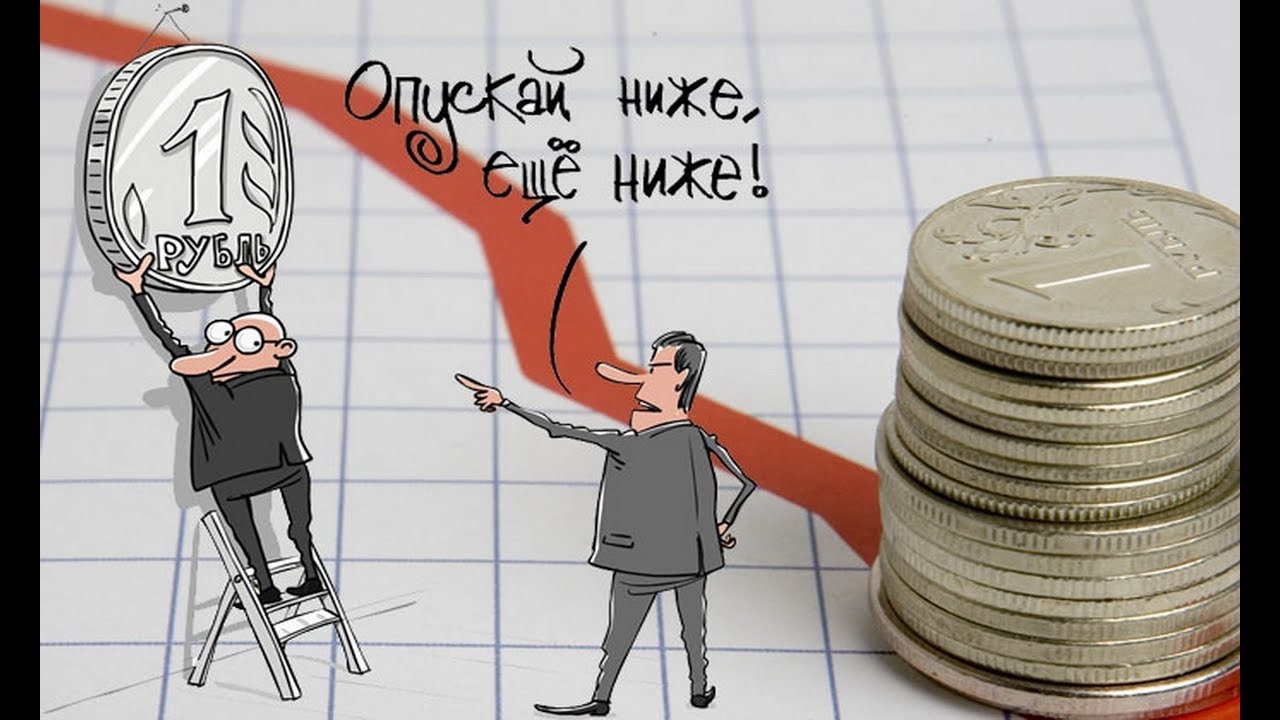The process of depreciation of the Russian ruble has speeded up since the beginning of this week and it has fallen to the rate of April this year.
Since Monday, the Russian ruble (RR) has lost almost 6.0 percent of its value against the Tajik national currency, the somonis (TJS).
An official exchange rate of the Russian rube against the somoni set by the National Bank of Tajikistan (NBT) fell from 1:0.156.5 on December 19 to 1:0.147.5 on December 21.
Since the beginning of this year, RR has lost 8.9 percent of its value against TJS (from 1:0.163 on December 1 to 1:147.5 on December 21).
The exchange rate of RR against TJS was at such a low level for the last time at the beginning of April this year.
Meanwhile, the exchange rate of the dollar against the somoni over the current week has remained unchanged.
The exchange rate of the euro against the somoni has risen 2.4 percent over this period, reaching 1:10.8516.
The current devaluation of the Russian ruble against the somoni has apparently been caused by devaluation of the Russian ruble against the major global currencies.
According to data from the Moscow Exchange, the exchange rates of the Russian ruble against the dollar and the euro on December 21 were 70.04:1 and 75.01:1, respectively.
Some experts consider that the ruble is weakening against the backdrop of waiting reduction in foreign currency earnings from sale of oil in connection with setting the price ceiling.
The price cap on Russian oil limits price surges driven by extraordinary market conditions and drastically reduces the revenues Russia has earned from oil after it launched the so-called “special military operation” in Ukraine in February.
Local experts note that the Tajik national currency is pegged to the ruble due to Tajikistan’s strong socio-economic dependence on Russia. The dependency has increased even more this year in connection with transfer to the use of national currencies in the bilateral trade.
It is to be noted that Russia accounts for more than 30 percent of Tajikistan’s imports. Besides, remittances sent by Tajik labor migrants from Russia to banks in Tajikistan are equal to a third of the country’s gross domestic product (GDP).
Meanwhile, the Tajik national currency has been in the top three currencies that have strengthened most against the dollar. Bloomberg News reports that the Russian exodus triggered by Russia’s invasion of Ukraine has put the currencies of former Soviet republics at the top of global rankings this year. “Georgia and Armenia in the Caucasus mountains, as well as Tajikistan in Central Asia, are among the best performers against the US dollar after tens of thousands of Russian citizens settled there since February, bringing the equivalent of billions of dollars in savings with them,” Bloomberg News says.
The small countries reportedly make appealing boltholes because no travel visas are required, Russian is widely spoken, and there are no restrictions on moving savings to local banks.
That’s driven Armenia’s dram up more than 22% against the dollar since the start of the year, the top gainer among currencies worldwide, data compiled by Bloomberg show. Georgia’s lari and the Tajik somoni are stronger by more than 16% and 10%, respectively.




